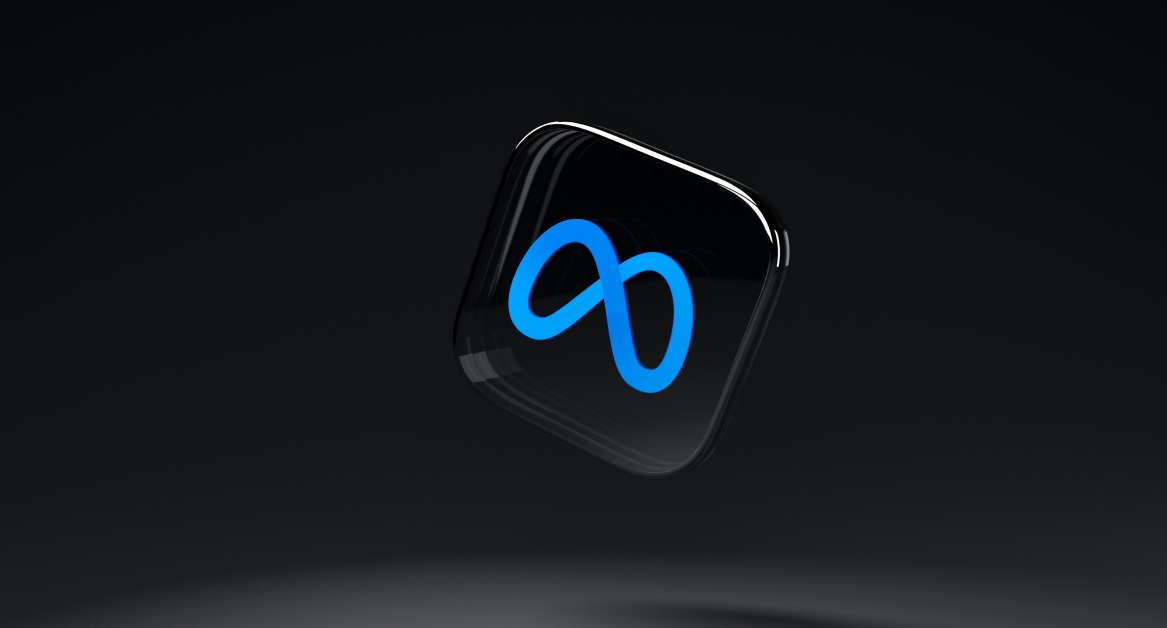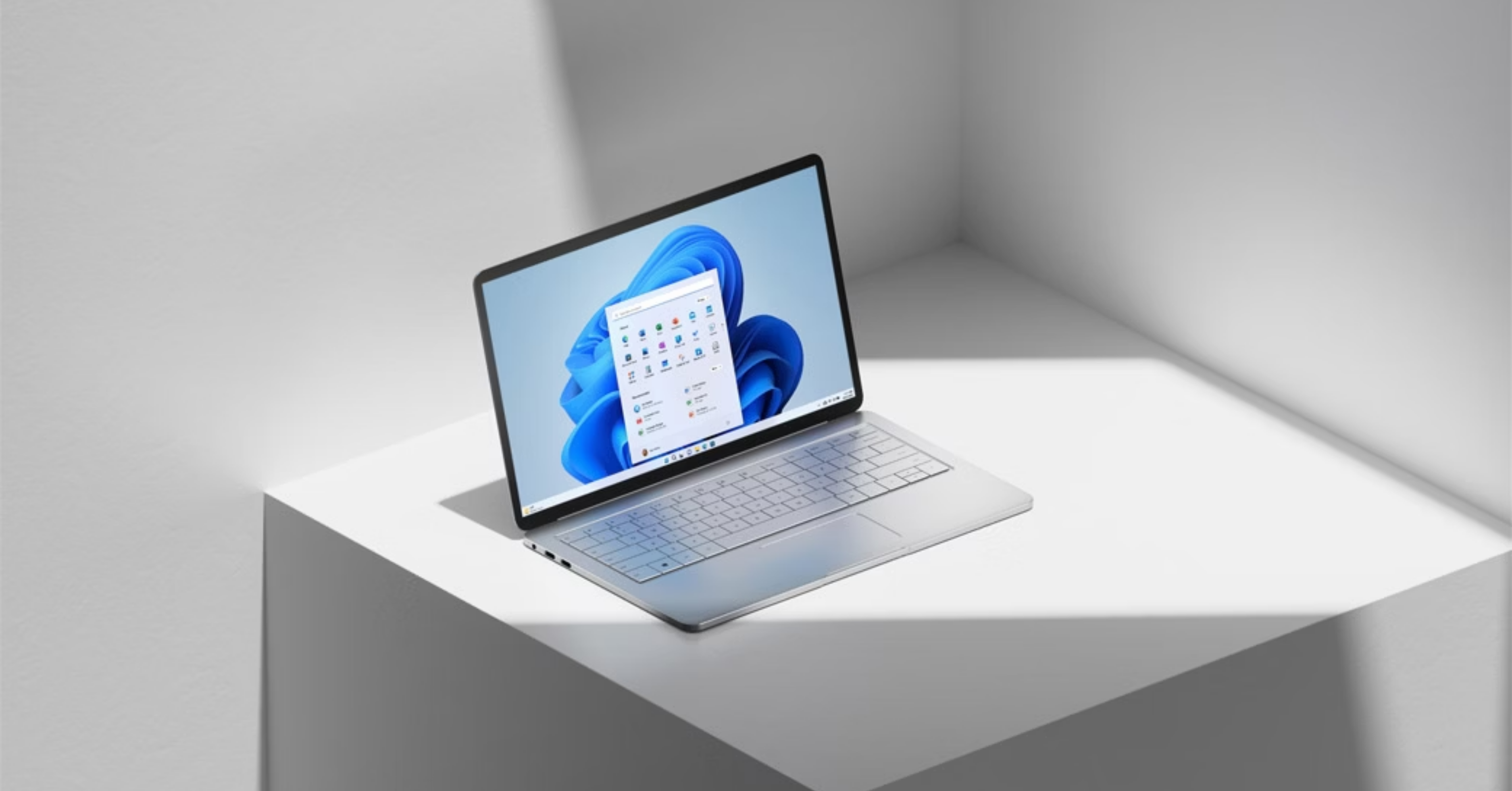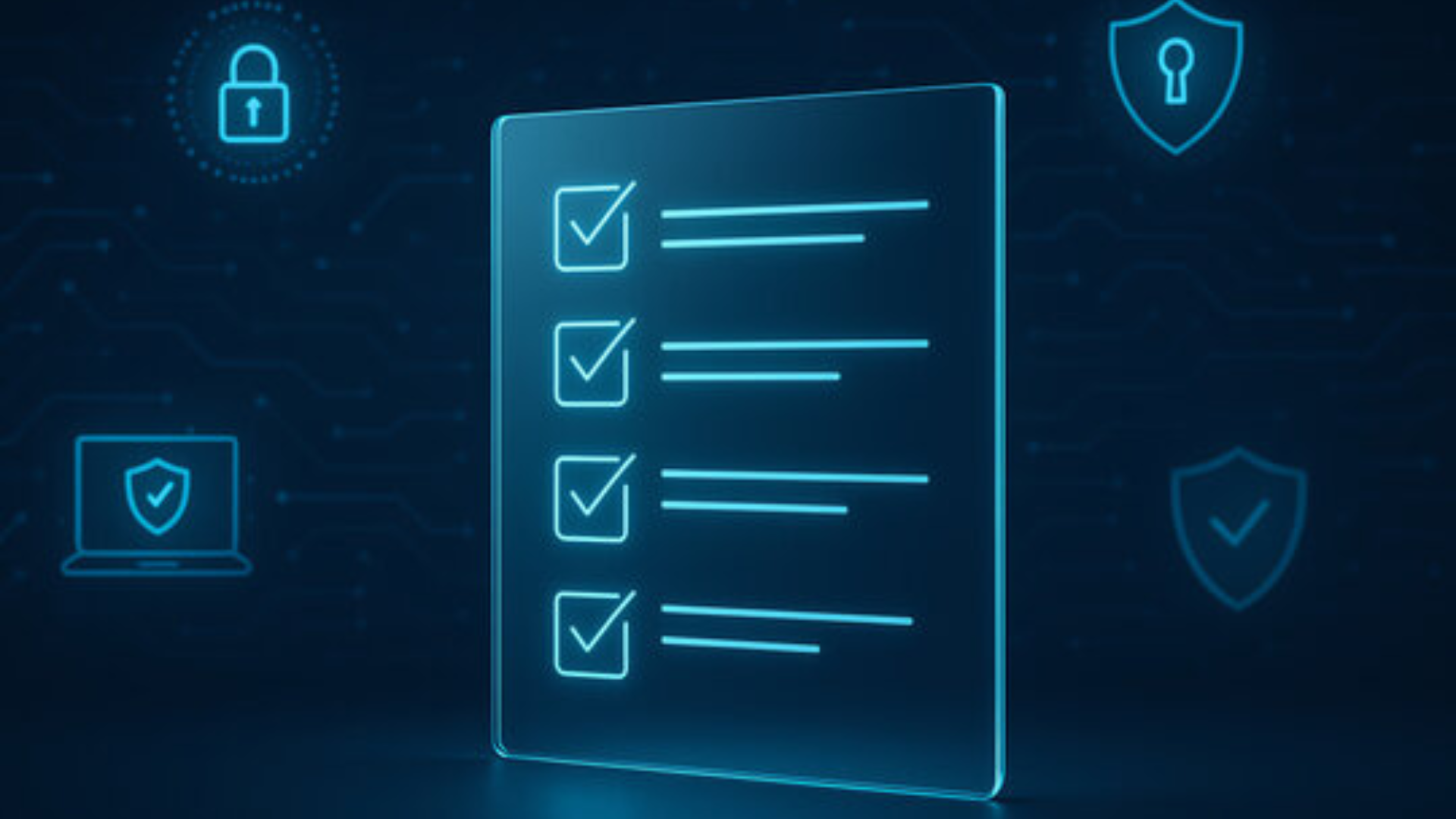Cell phones are part of everyday life. Employees use them for communication, productivity, and even work-related tasks. But without clear guidelines, personal cell phones in the workplace can become a distraction, impact productivity, and even pose security risks.
That’s why an employee cell phone policy is crucial. It helps set expectations on cell phone usage during working hours, clarifies when and where employees can use mobile devices, and ensures that company security isn’t compromised.
This guide covers key factors and 8 steps to create a company-issued or BYOD cell phone policy.
Why your business needs a cell phone policy
Cell phones for work can be useful tools. However, without clear guidelines, they can distract employees from their main tasks. An employee cell phone policy helps businesses create a balanced work environment by ensuring productivity, security, and professionalism. Here’s why your company needs one:
1. Minimizing distractions and boosting productivity
Without clear rules, excessive personal calls, texting, and social media use during working hours can lead to decreased efficiency. A well-defined policy sets expectations for when and how employees can use personal cell phones, ensuring that work remains the priority.
2. Protecting company data and security
Mobile devices can be a security risk, especially if employees store sensitive company data on personal cell phones. A strong policy outlines security measures like using company-issued devices, enabling encryption, and restricting access to business applications on unsecured networks.
3. Establishing professional standards
Whether employees work in an office, a customer-facing role, or remotely, excessive cell phone usage can create an unprofessional image. A policy ensures employees use their mobile devices appropriately, maintaining company reputation and professionalism.
4. Clarifying personal and work-related usage
Employees may need to use cell phones for work, but that doesn’t mean unlimited personal calls and text messages should be allowed. A well-crafted policy defines acceptable usage, such as allowing personal calls only during breaks or requiring personal devices to be in silent mode.
5. Supporting compliance and legal requirements
Certain industries, such as finance and healthcare, require strict compliance regarding mobile device usage. A formal policy helps companies follow regulatory requirements and avoid legal risks related to data protection and workplace safety.
6. Ensuring fair and consistent enforcement
Without clear guidelines, enforcing disciplinary actions related to cell phone misuse can be inconsistent. A written policy ensures all employees understand the rules and consequences, reducing conflicts and misunderstandings.
6 key considerations before drafting the policy
A well-thought-out policy should balance workplace efficiency, security, and employee flexibility. Here are key factors to consider:
1. Company-issued vs. personal devices (BYOD)
Will employees use company cell phones, or will they use personal cell phones for work? A company-issued device gives businesses more control over security and app usage but comes at a higher cost. A BYOD policy saves money but requires strict security measures to protect company data.
2. Work environment and job roles
Not all employees need the same level of access to mobile devices. For example:
- Customer-facing roles: Employees in sales or customer support may need cell phones for work-related calls but should avoid personal cell phone usage during client interactions.
- Remote and hybrid teams: Employees working from home may rely on mobile devices for collaboration, requiring flexible policies.
- Operational staff: Employees in warehouses or manufacturing settings may have safety restrictions on mobile device usage.
3. Acceptable and unacceptable use
Define what is considered reasonable use of mobile devices in the workplace. Some companies allow employees to use personal cell phones during breaks, while others restrict access to specific apps or websites. Your policy should clarify:
- When employees can use personal cell phones
- Which work-related activities require a mobile device
- What constitutes excessive usage
4. Security and data protection
If employees access company emails, apps, or sensitive data on mobile devices, security must be a priority. Your policy should include:
- Strong password requirements and multi-factor authentication
- Restrictions on connecting to public Wi-Fi for work purposes
- Guidelines for lost or stolen mobile devices
- Approved apps and software for work-related tasks
5. Compliance with labor laws and regulations
Ensure that your policy aligns with local labor laws, industry regulations, and data privacy requirements. For example, some industries have strict policies about recording conversations, storing customer data, or using mobile devices during working hours.
6. Disciplinary actions for misuse
Set clear consequences for violations of the policy. For example:
- A verbal warning for minor infractions
- A written warning for repeated offenses
- Termination for serious security breaches or policy violations
By considering these factors before drafting your policy, you can create a set of guidelines that support both business goals and employee needs.
8 steps to build an employee cell phone policy

1. Define the purpose of the policy
Start by explaining why the company is implementing a cell phone usage policy. Whether it’s to minimize distractions, ensure security, or maintain professionalism, outlining the purpose helps employees understand its importance.
2. Establish clear guidelines on cell phone usage
Specify when and where employees can use their personal cell phones or company-issued devices. Consider including:
- Allowed usage during working hours (e.g., business-related calls, work applications)
- Restrictions on personal calls and texting during work
- Rules for meetings, customer interactions, and sensitive work environments
- Acceptable use of social media and messaging apps
3. Address security and data protection
If employees access company systems via mobile devices, security must be a priority. Include guidelines on:
- Strong passwords and device encryption
- Company-approved applications for work-related communication
- Restrictions on downloading unauthorized apps
- Procedures for reporting lost or stolen devices
4. Outline compliance with workplace safety regulations
For certain industries, using cell phones for work may create safety risks. If your business involves driving, operating machinery, or handling sensitive information, specify when mobile device usage is restricted.
5. Clarify responsibilities for company-issued devices
If employees receive company cell phones, set expectations on:
- Proper usage and maintenance of the device
- Personal use limitations
- Returning the device upon resignation or termination
6. Set consequences for policy violations
Clearly define disciplinary actions for non-compliance, such as:
- A verbal or written warning for minor infractions
- Suspension of mobile device privileges
- Termination for security breaches or repeated violations
7. Download Esevel free cell phone policy template
To save time and ensure consistency, use our company-issued cell phone policy template to create a structured and enforceable policy for your team. This guide provides a ready-to-use framework covering all essential aspects of cell phone usage at work.
8. Communicate the policy and enforce it fairly
Once the policy is in place, share it with employees through onboarding sessions, training programs, or company handbooks. Consistently enforce the policy to maintain fairness and credibility.
By following these steps, businesses can create a work environment where cell phone usage supports productivity without causing unnecessary disruptions.
FAQs about employee cell phone policy
1. Should employees be allowed to use personal cell phones at work?
It depends on the work environment and the nature of the job. Some companies allow personal cell phone use during breaks or for work-related purposes, while others enforce stricter rules to minimize distractions. The key is to set clear boundaries on when and how personal cell phones can be used.
2. What should be included in a company-issued cell phone policy?
A company cell phone policy should cover:
- Who qualifies for a company-issued device
- Acceptable and unacceptable uses
- Security and data protection requirements
- Return policies when an employee leaves the company
- Consequences for misuse
3. How can a business enforce cell phone usage rules without micromanaging?
Set clear expectations and communicate the policy effectively. Instead of micromanaging, focus on results—if productivity remains high, occasional personal phone use may not be an issue. Using disciplinary actions as a last resort ensures that employees take the policy seriously without feeling over-monitored.
4. How do you balance security concerns with employee privacy?
If employees use personal cell phones for work, employers should limit access to business applications rather than monitoring personal activity. For company-issued devices, businesses can implement mobile device management (MDM) solutions to secure work data while respecting employee privacy.
5. What are the most common disciplinary actions for policy violations?
Disciplinary actions should be fair and proportional to the violation. Common consequences include:
- A verbal warning for minor infractions
- A written notice for repeated offenses
- Loss of phone privileges for excessive misuse
- Termination for serious security breaches or violations
Create a balanced and effective cell phone policy
Whether your company provides company-issued devices or allows employees to use personal cell phones for work, setting clear guidelines ensures that mobile device usage doesn’t pose security threats to your business.
By following the steps outlined in this guide, you can create a policy that minimizes distractions, protects sensitive data, and sets fair expectations for your team.







